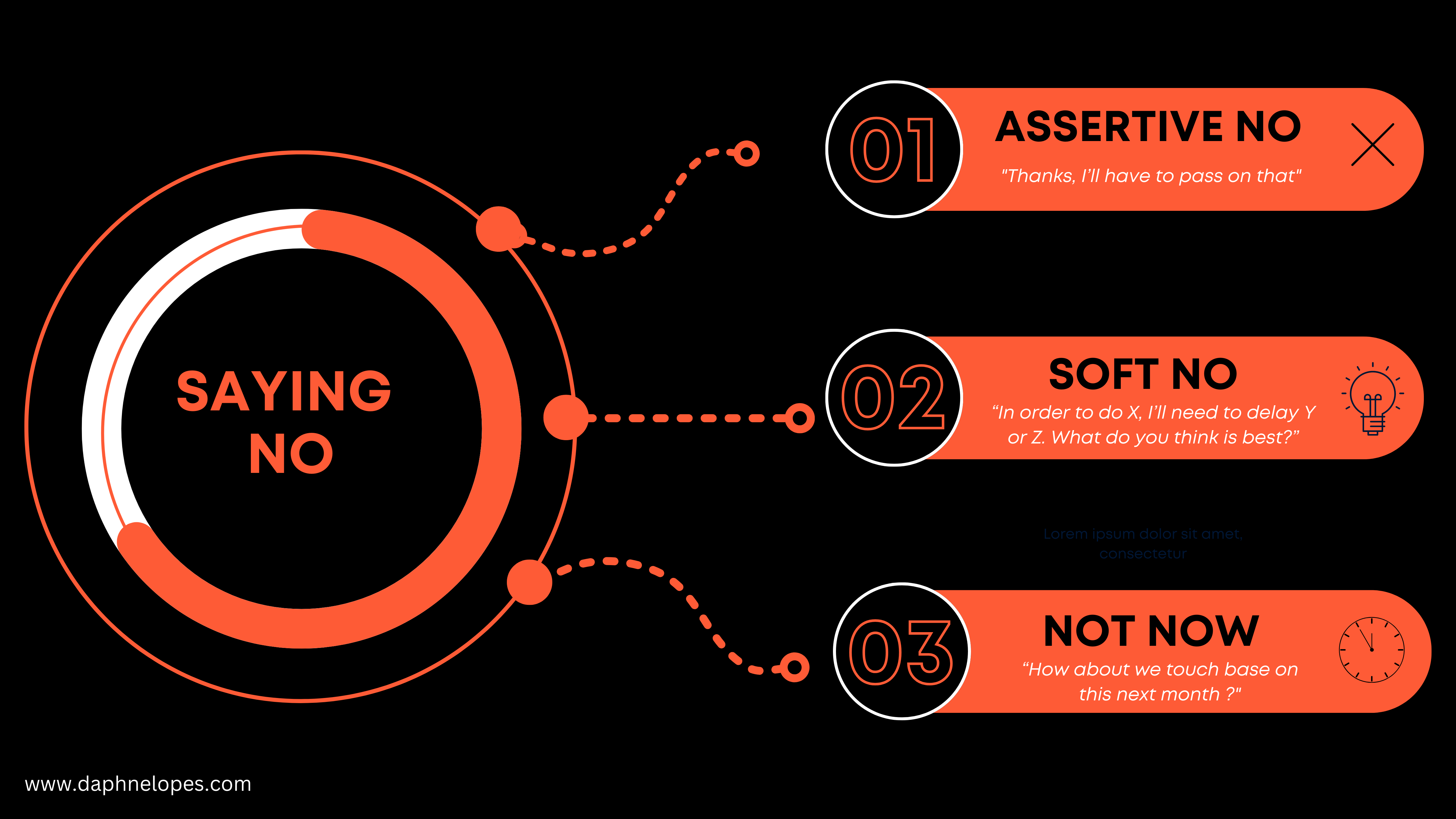Learning how to say “no”
Saying no it’s difficult. We all like to be the bearer of good news. Nevertheless, mastering the “no” is one of the most important skills a Customer Success Manager needs to learn.
As much as we all want to “yes”, it’s impossible to do everything; our time and energy are finite. Not saying “no” creates expectations and more times than not they cannot be fulfilled sustainably.
We all have that customer we over-serviced at the start, and now we don’t know how to pull back from. We said “yes” to that project when we knew time was tight, and now we are working late evenings to finish all the work without disappointing our teammates.
One thing we need to be hyper-aware of is that whenever we say “yes” to one thing, we are prioritising that over something else. Economists call that “opportunity cost”.
“When economists refer to the “opportunity cost” of a resource, they mean the value of the next-highest-valued alternative use of that resource.”
Concise Encyclopedia of Economics
As a CSM your highest value is when you are doing the right things with the right customers. If, for example, you spend time on internal meetings, you cannot spend that time on customer-related activities. The cost of that internal meetings is the value you could generate from that customer.
So, how can you say no?
You can say no in many different ways. They range from a very assertive and definitive no to a softer no.

Step 1: Determine what kind of “no” is required
If this is a “nice-to-have” request coming from a customer or someone who has no direct power over your work, you can be assertive with your no.
If it’s an important request coming from someone who has power over your workload (eg. your manager) or a senior leader in the organisation, your “no” can be softer and leave room for discussion, after all, they are the people that can tell you what to do. It’s the same for critical customer requests that your business needs to meet, but that you personally cannot fulfil.
If it’s a “nice-to-have” coming from a person more senior than you in the organisation, or on a topic that you are particularly interested in, but can’t fit in right now, your “no” can be a “not now”.
Step 2: Phrasing your “no”
How you phrase your “no” will vary on your goal and who is making the request.
- Assertive “No”: Here you want to be brief and precise. To a customer, you might say “Unfortunately, our product doesn’t do that today. Sharing this feedback with our product team in our community is the best way to get this use case noticed“. You are not promising that you are going to look offline, you are not taking the feedback sharing upon yourself, you are just saying “no”. To a teammate, you might simply say “Thanks, I’ll have to pass on that”.
- Soft “No”: This is a curious no, open to change, so lead with open-ended questions. To a manager, you might use a prioritisation question such as “In order to do X, I’ll need to delay Y or Z. What do you think is best?”. To a customer you might say “This is a complex technical use case that will require significant effort from our technical consulting team, is this something you have a budget for?” or maybe “We could deep dive into this together today, but this will mean the other critical agenda points will be delayed until our next scheduled session, what do you think is best?”.
- “Not Now”: This is the opportunistic “no” that allows you to perhaps still say yes in the future. It can be as simple as saying to your colleague “How about we touch base on this next month when I have a little more time?” or saying to a customer “I would love to help with this request as I am super passionate about X. However, this falls outside the scope of our work and I just don’t have the bandwidth right now. How about we connect again in 8 weeks and we can find some time to work on this together?”
Step 3: Fighting the guilt or FOMO
As a CSM you are wired to want to help. You are empathetic and sometimes to your detriment.
Fighting the guilt of saying no to things you “could” do is as hard as saying no in the first place. A good way to do it is to remind yourself of the opportunity cost.
If I had said “yes” to X, I would have had to say no/delay Y or would have had to sacrifice Z.
Learning how to juggle your priorities and saying “no” is the key to mastering the CSM role. It requires the discipline to say no to things you would like to do. Or things that you could do to help others.
Make sure you stop and think when a request comes your way. Evaluate the tradeoffs of saying “yes”. If you decide that it’s best to say “no”, then find the best way to communicate it.
You don’t want your “no” to be interpreted as rudeness, but as a good way of maximising your value, while protecting your mental health.
Liked this post?